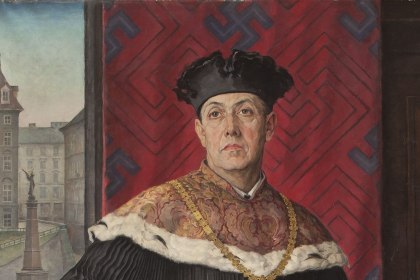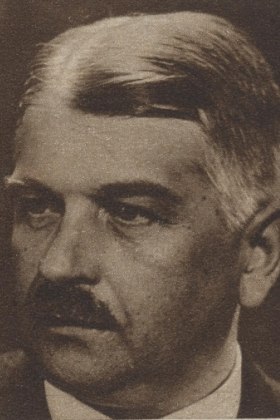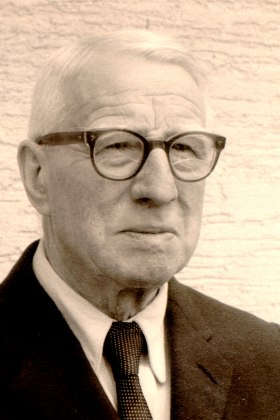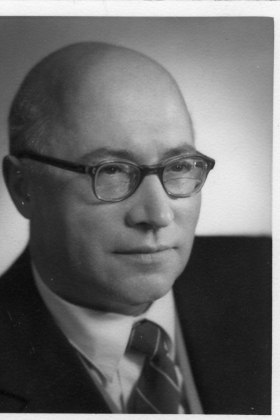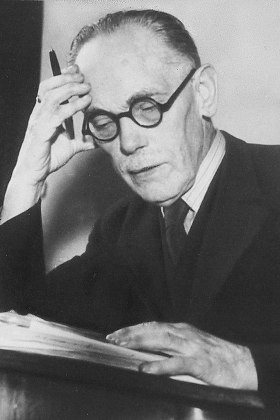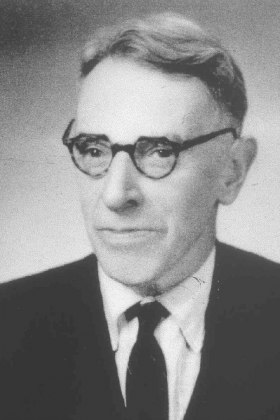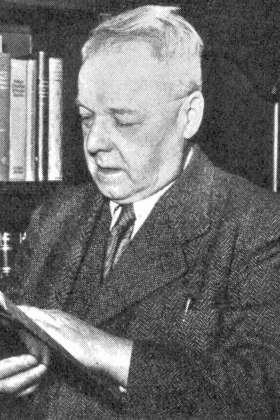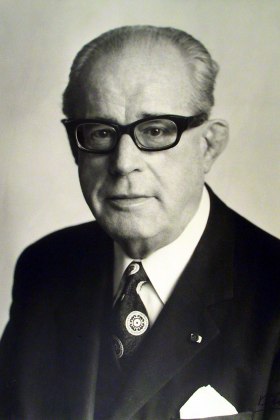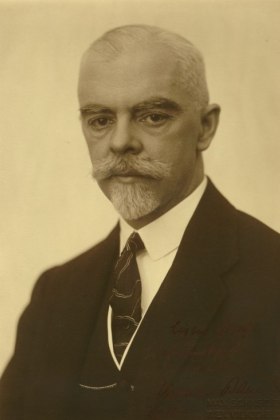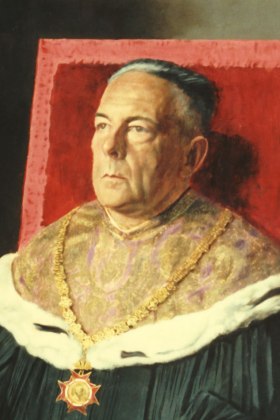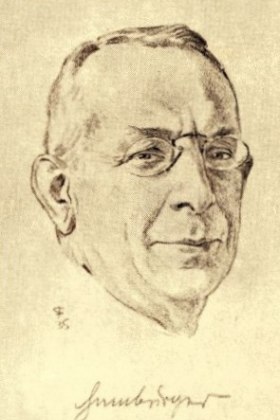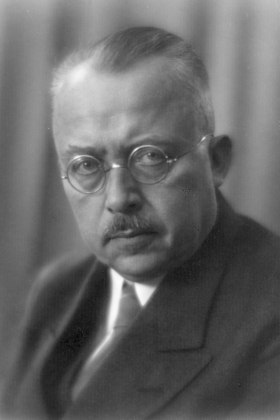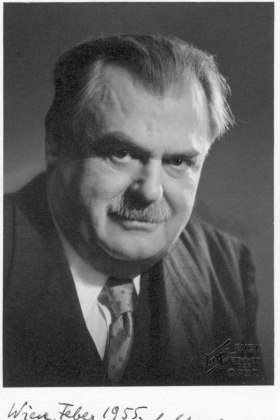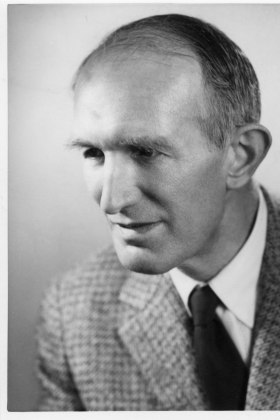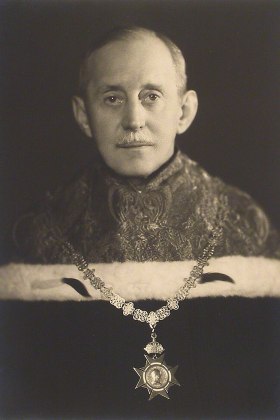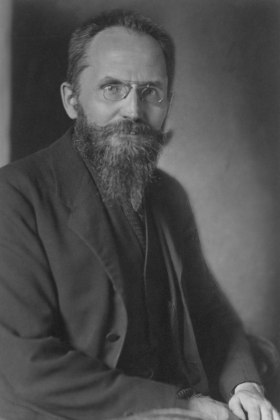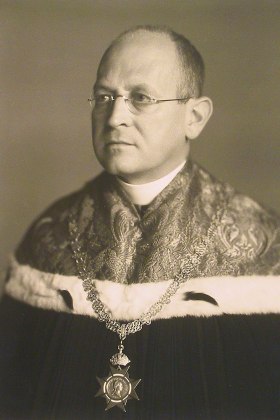The de-Nazification of the professorate at the University of Vienna
Beginning at the end of April 1945, two contrary processes can be identified as a reaction to the fact that three quarters of the professorate of the University of Vienna were either applicants or members of the NSDAP, followers, organized supporters, beneficiaries, functionaries or masterminds of the National Socialist system. These processes were on the one hand de-Nazification, and on the other hand amnesties and rehabilitation. The former process began very quickly and was done relatively thoroughly, but became intermingled with the latter around 1947 and then died down and ended in late 1947. The latter process, noticeable as a counter-movement from the start, gradually intensified from 1947/48 onwards and remained active until the 1950s. Both were mainly judicial processes, steered by the authorities and based on formal criteria. At the same time, they did receive an ideological and party-political character through the key role of the department head Otto Skrbensky in the Ministry of Education.
National Socialist incrimination, Reich-Germans and “Skrbensky’s Special Commission”
92 (74%) of the 124 full and associate professors from 1944 were members or applicants of the NSDAP and thus were confronted with de-Nazification. In the lead were the Medical Faculty (83%), followed by Philosophy (77%), Protestant Theology (75%) and Law (71%); the Faculty of Catholic Theology was not incriminated.
21 of the university teachers incriminated as National Socialists were retired as so-called “Reich Germans” due to them not having had Austrian citizenship before March 1938. 29 of the remaining incriminated professors had to undergo an investigation by the Special Commission I which was instated for that purpose at the Ministry of Education. This commission decided whether the person in question would remain at the University of Vienna. More than half of the law professors were affected by this, as well as about a third of those at the Philosophical Faculty and the Faculty of Protestant Theology and a fifth of the medical professors. Under the department head Otto Skrbensky, who was responsible for the de-Nazification in the Ministry of Education, a tendency towards the establishment of a Catholic-conservative academic staff in the Second Republic is noticeable – something he had already undertaken as a university official during Austrofascism. His “own people” – in contrast to the “class traitors” – were given the benefit of the doubt when it came to the question of whether they had been staunch National Socialists. They tended to be viewed as having fallen prey to the temptations of National Socialism and given the chance to arise again as proper like-minded individuals – and this time as democrats. Catholic ideals such as forgiveness, leniency, limited “punishment”, atonement and weakness can be found in the verbal assessments by the special commissions, and statements about the party members’ or applicants’ views by their well-meaning friends were readily believed. Tassilo Antoine, for example, a professor of gynecology and party applicant since 1942, was deemed “acceptable” for a university position by the special commission. In Antoine’s case, Skrbensky’s explanation text almost takes on traits of a legend of a saint, when he writes: “He (Antoine) refused payment for the operation of the wife of a concentration camp inmate with the remark that his actions might serve as a humble contribution to the mitigation of the spiritual and material distress of a fighter for the freedom and independence of Austria”. In total, the special commission handed out positive assessments at a rate of 4:1 and predominantly deemed the people concerned “acceptable”.
Ministry committee and early retirement
In February 1946 a Ministry committee (“Figl Committee”) was established at the Federal Chancellor’s office to expedite the de-Nazification and to clear out National Socialist elements from the highest state and economic offices. It too continued the trend of rehabilitation and handed out positive reports to 18 of the 20 investigated professors of the University of Vienna. One measure that had great impact in the de-Nazification of the professorate was early retirement. This sanction, with or without reduced retirement pay, was applied in no less than 35 of 92 (38%) cases of incriminated professors. Divided up into the various faculties and the total number of professors concerned, this meant that a third of the professors from the Philosophical and Medical Faculties and a fourth of the professors from the Faculties of Law and Economics as well as Protestant Theology were sent into early retirement.
Rehabilitation and reintegration
For many professors, the “Nationalsozialistengesetz” (“National Socialist law”) of 1947 and the “Minderbelastetenamnestie” (“amnesty of less incriminated offenders”) of 1948 brought an alleviation or even the end of the de-Nazification measures against them and opened up the path to reintegration into the university. 56 of the 92 incriminated professors – almost two thirds – were able to continue their careers at an Austrian or foreign university. 30 of them managed to do so at the University of Vienna. All three incriminated professors of the Faculty of Protestant Theology were reinstated into university functions, and 70% (37 of 53) professors from the Philosophical Faculty continued their careers at various universities. At that faculty, no less than 15 academics again reached their formerly held positions from 1944 as full or associate professors until the end of the 1950s; the latter six associate professors went on to become full professors after several years. The reintegration of National Socialist professors at the Faculty of Law and Economics and at the Medical Faculty was less severe: Here only about half the academics concerned were able to start a new career at a local or foreign university.
For a majority of the incriminated full and associate professors from the summer semester of 1944, de-Nazification meant no real break. One could rather speak of a setback: When taking the retirement age and deaths into consideration, a majority of the professors had again reached their former positions until 1960, some had even surpassed their former titles. Amnesties and rehabilitations led to a surprising degree of continuity, with de-Nazification measures only being slight setbacks which became mere memories after only two or three, in seldom cases more, years.
Articles
- Anti-Semitism at the University of Vienna
- “Furor teutonicus and racial hate”
- Student corporations in the 19th and 20th century
- The “Bärenhöhle” – a secret anti-Semitic group of professors in the inter-war period
- The Gleispach’sche Studentenordnung (Gleispach Student Regulation)
- Terror against the Anatomical Institute of Julius Tandler
- Expulsion of teachers and students in 1938
- The de-Nazification of the professorate at the University of Vienna
- Dealing with National Socialism after 1945
- The de-Nazification of the professorate at the University of Vienna
- Gates of Remembrance on the Campus of the University of Vienna
- DENK-MAL Marpe Lanefesch
- National Socialist provenance research at the Vienna University Libraries
- Memorial Book for the Victims of National Socialism at the University of Vienna in 1938
- Monument “Expelled Historians”
- Students and teachers as political actors in the 19th and 20th centuries
- Student corporations in the 19th and 20th century
- Terror against the Anatomical Institute of Julius Tandler
- Dismissal of political enemies at the University of Vienna during Austrofascism
- Expulsion of teachers and students in 1938
- External restructuring by the “Führer-principle” and National Socialist officials
- The de-Nazification of the professorate at the University of Vienna
Last edited: 04/18/19
-
Otto Skrbensky
-
Tassilo Antoine
-
Viktor Christian
-
Herbert W. Duda
-
Josef Keil
-
Fritz (Friedrich) Knoll
-
Dietrich Kralik
-
Arthur Marchet
-
Richard Meister
-
Oswald Menghin
-
Josef Nadler
-
Erich Schenk
-
Hans Sedlmayr
-
Heinrich Ritter von Srbik
-
Wilhelm Bauer
-
Nikolaus Hofreiter
-
Herbert Fuhs
-
Franz Hamburger
-
Eduard Pernkopf
-
Arnold Pillat
-
Leopold Schönbauer
-
Heinrich Demelius
-
Alexander Hold-Ferneck
-
Rudolf Köstler
-
Hans Kreller
-
Ernst Schönbauer
-
Ernst Swoboda
-
Ernst Tomek
-
Gustav Entz
-
Fritz Wilke
-
Karl Kurth


